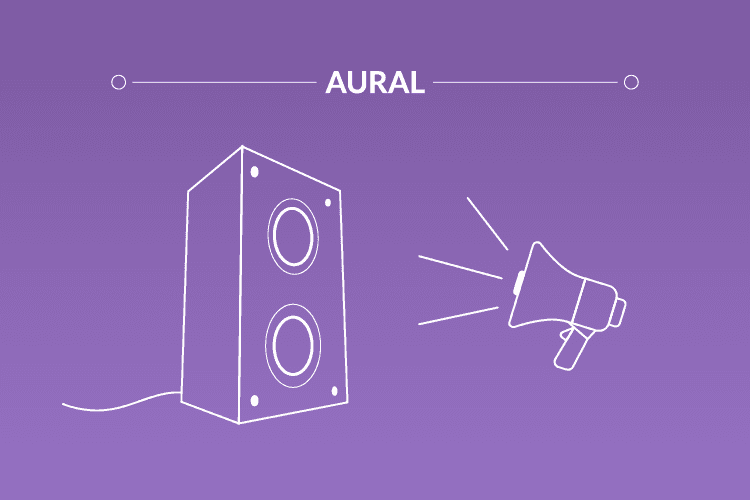

50 percent of what they both visualize and hear.Consider the following statistics on how much content students absorb through different learning methods: Research suggests that it’s good for the brain to learn in new ways and that learning in different modalities can help learners become more well-rounded.

For instance, even though you consider yourself to be a “visual learner,” you will still probably have to write papers in some of your classes. In the college setting, you’ll probably discover that instructors teach their course materials according to the method they think will be most effective for all students. Thus, regardless of your individual learning preference, you will probably be asked to engage in all types of learning. Others find the idea of three or four “styles” to be distracting or limiting. Many educators consider the distinctions useful, finding that students benefit from having access to a blend of learning approaches.

The VAK/VARK models can be a helpful way of thinking about different learning styles and preferences, but they are certainly not the last word on how people learn or prefer to learn. Read/write learners have a preference for written words (readings, dictionaries, reference works, research, etc.) Tactile/kinesthetic learners prefer to learn via experience-moving, touching, and doing (active exploration of the world, science projects, experiments, etc.). Auditory learners best learn through listening (lectures, discussions, tapes, etc.).

The four sensory modalities in Fleming’s model are:įleming claimed that visual learners have a preference for seeing (visual aids that represent ideas using methods other than words, such as graphs, charts, diagrams, symbols, etc.). Neil Fleming’s VARK model expanded on the three modalities described above and added “Read/Write Learning” as a fourth. Walter Burke Barbe and his colleagues proposed the following three learning modalities (often identified by the acronym VAK):Įxamples of these modalities are shown in the table, below. Learning styles are also called learning modalities. But what are learning styles, and where does the idea come from? For example, while Kyle might prefer listening to recordings to help him learn Spanish, he might prefer hands-on activities like labs to master the concepts in his biology course. People have different learning styles and preferences, and these can vary from subject to subject. However, when it comes to learning, one size doesn’t fit all. For instance, we can all remember listening to a teacher talk, and copying notes off the chalkboard. Many of us, like Kyle, are accustomed to very traditional learning styles as a result of our experience as K–12 students. For example, in addition to studying his written notes, he might listen to some audio of his vocabulary words-perhaps by looking up an online video created by a native Spanish speaker. Kyle’s professor suggested that he experiment with different ways of studying. Kyle took the quiz, but when he got the results, he was surprised to see that he had earned a B-, despite having studied so much. Before his first vocabulary quiz, he reviewed his notes many times. Kyle was excited to take a beginning Spanish class to prepare for a semester abroad in Spain.


 0 kommentar(er)
0 kommentar(er)
